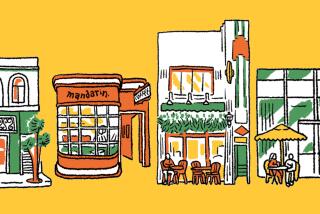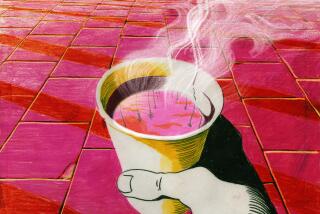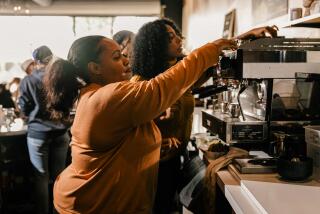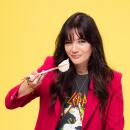National Coffee Day: What you didn’t know about your favorite drink
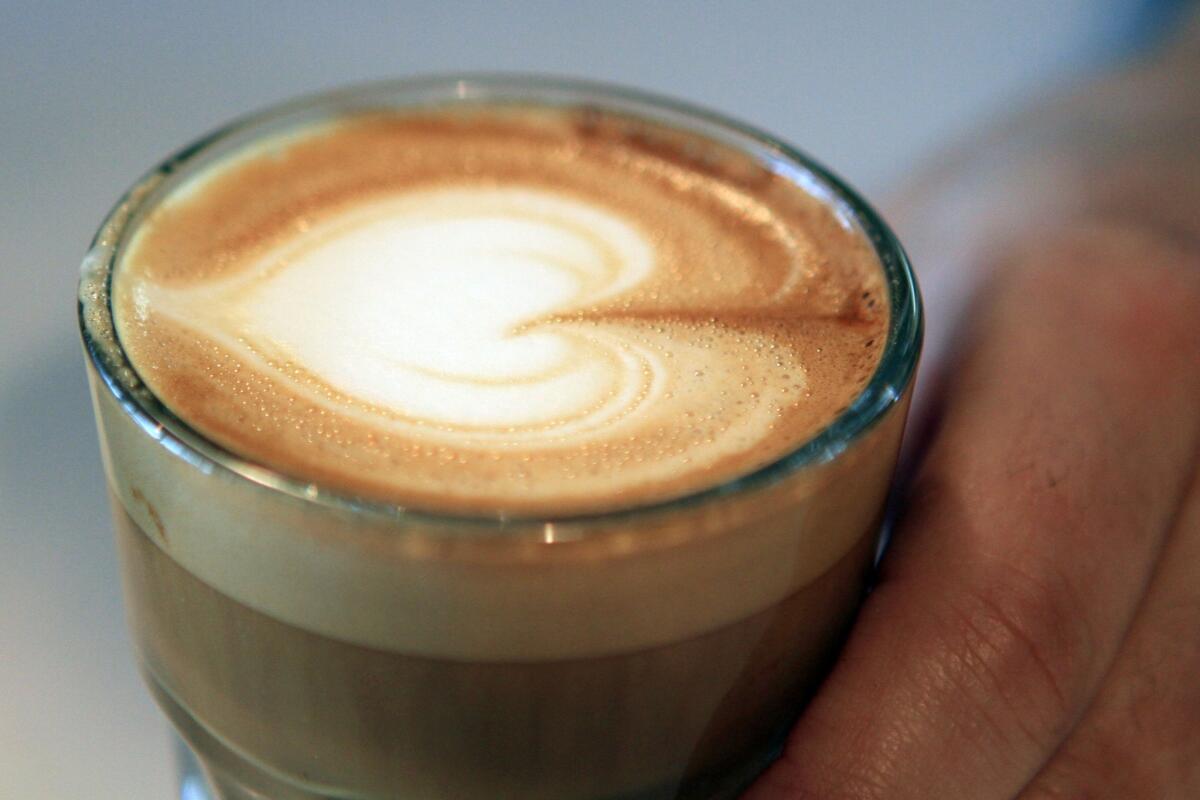
- Share via
Today is National Coffee Day, and with 1.7 billion cups of coffee consumed worldwide daily, there’s no debating the need to celebrate. But how much do you really know about your morning brew? We’ve rounded up some favorite facts.
GRAPHICS: See what’s in your coffee, how it got there
In honor of National Coffee Day, Wired.com released a video explaining exactly what’s in your favorite drink. You may be surprised to find that a cup of coffee is 98% water. Or that the intoxicating coffee bean aroma comes from a cockroach pheromone -- coffee contains 2-Ethylphenol, which cockroaches use to warn one another of danger.
Mix that with Acetylmethylcarbinol (also found in butter) and the sweet and earthy scent of Trigonelline, and you’ve got pure magic. Coffee also contains 3,5 Dicaffeoylquinic acid, which protects your brain from free radical damage.
Now that we’ve got what’s in coffee covered, let’s move on to how coffee goes from a bean to what you sip from your favorite mug. BizBrain.org released a handy graphic showing how coffee starts as beans planted in large beds in shaded nurseries, in an area known as the “bean belt” just above and below the equator. Countries in the bean belt include Cuba, Ethiopia, Indonesia, Guatemala, Mexico and more.
When a coffee tree grows, its fruit is called cherries. When the cherries are deep red in color, they are ready to be harvested. A machine picks the cherries off the tree, then they are either dry or wet processed using the sun or a fermentation tank. Machines remove the parchment layer of the husk, then the beans are polished, sorted and shipped.
Before the beans reach your favorite store, a “cupper” evaluates the beans by sight, smell and taste. Roasting turns the green beans into the deep brown color we’re familiar with.
And here in the U.S., we’re excited about our coffee. According to EspressoMachine.com, the U.S. is responsible for 35% of the world’s coffee consumption, while Italy has more than 200,000 espresso bars.
Did you also know coffee addiction was considered to be a social problem in the 1700s? With today’s current coffee-obsessed culture, feel free to let your coffee freak flag fly.
I’ll take a cup of green tea. Follow me on Twitter @Jenn_Harris_
More to Read
Eat your way across L.A.
Get our weekly Tasting Notes newsletter for reviews, news and more.
You may occasionally receive promotional content from the Los Angeles Times.
